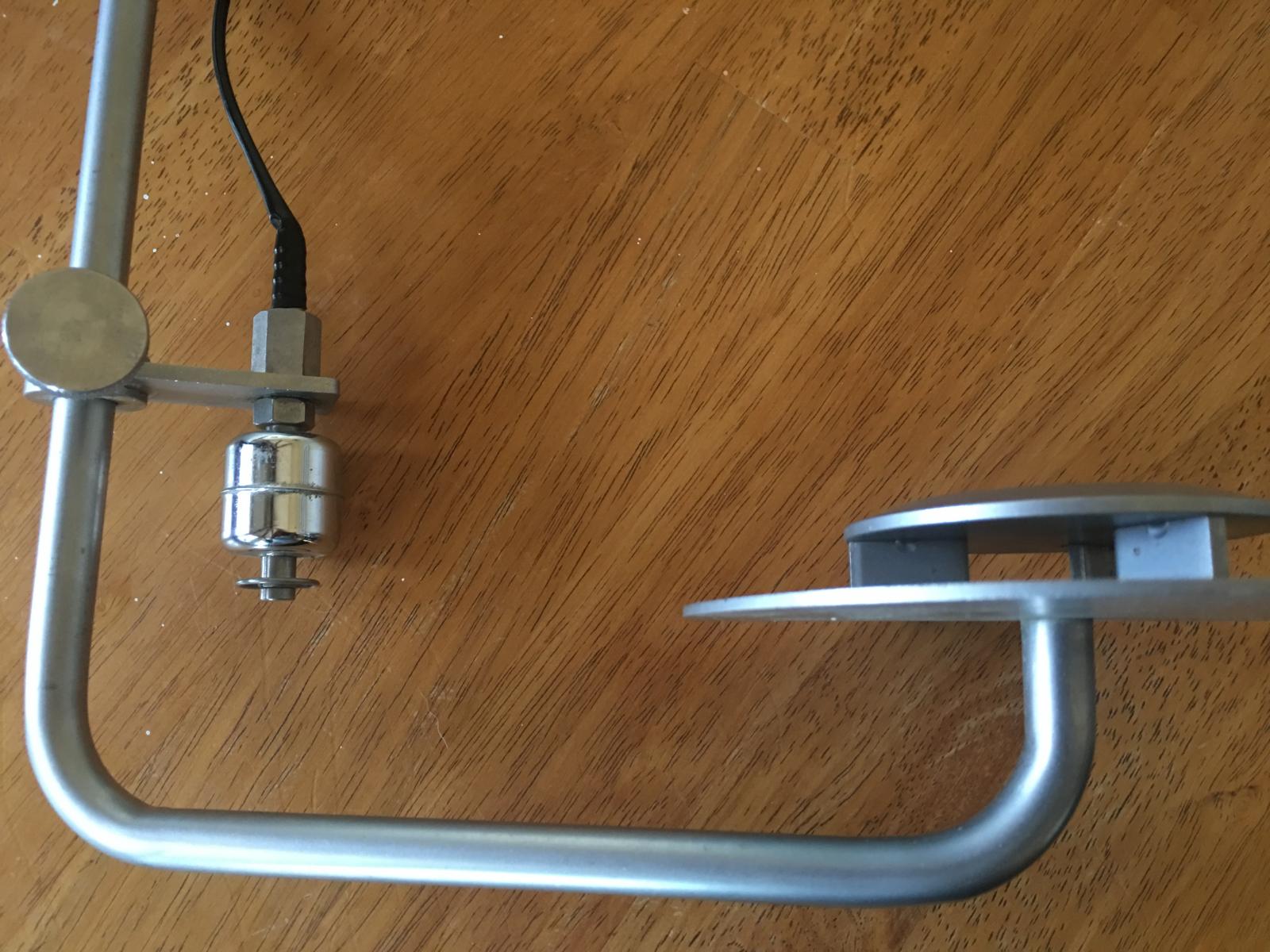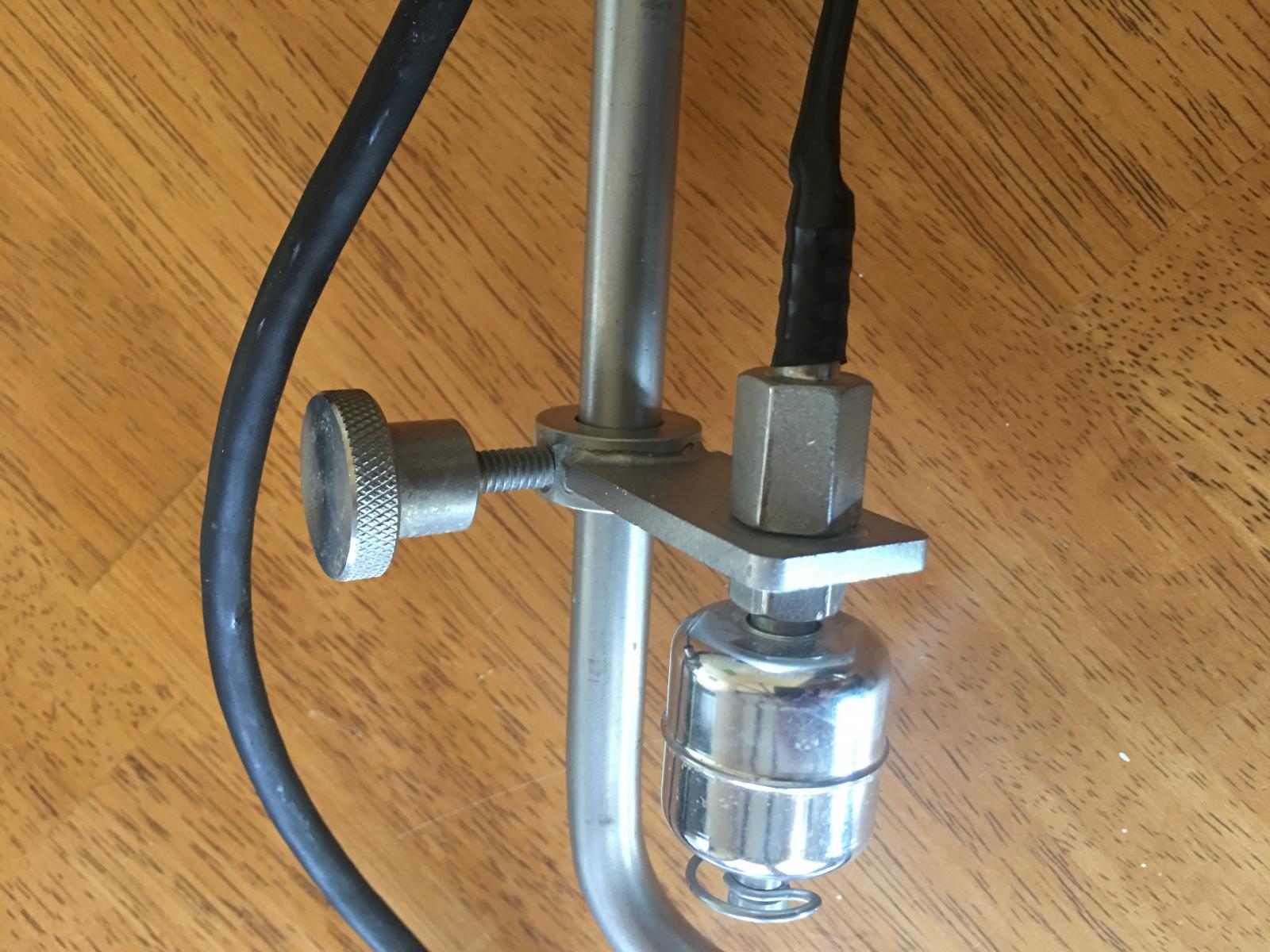Thefatdoghead
Member
- Joined
- Jul 23, 2017
- Messages
- 16
- Reaction score
- 2
Im in the process of building a 30 gal 3v herms full electric brewery controlled by a bcs 462.
Im going to use DC ball valves but I cant find much info on how or if people fly sparge with the bcs?
Should I leave 2 manual ball valves for fly sparging or is there a way to get around this?
Thanks for any info in advance.
Gav
Im going to use DC ball valves but I cant find much info on how or if people fly sparge with the bcs?
Should I leave 2 manual ball valves for fly sparging or is there a way to get around this?
Thanks for any info in advance.
Gav



















































![Craft A Brew - Safale S-04 Dry Yeast - Fermentis - English Ale Dry Yeast - For English and American Ales and Hard Apple Ciders - Ingredients for Home Brewing - Beer Making Supplies - [1 Pack]](https://m.media-amazon.com/images/I/41fVGNh6JfL._SL500_.jpg)







